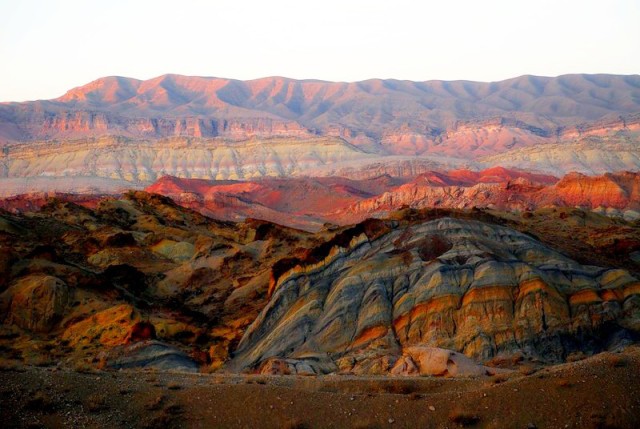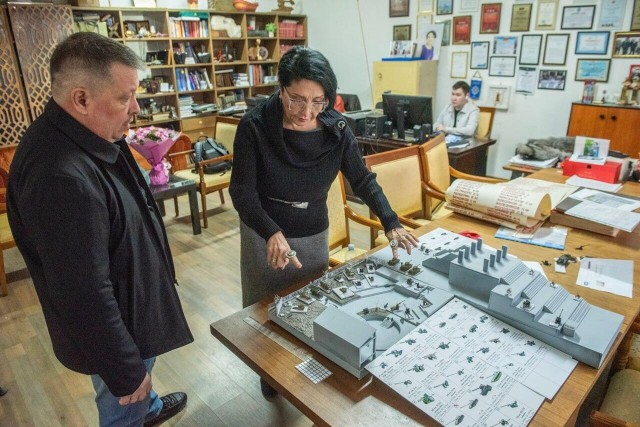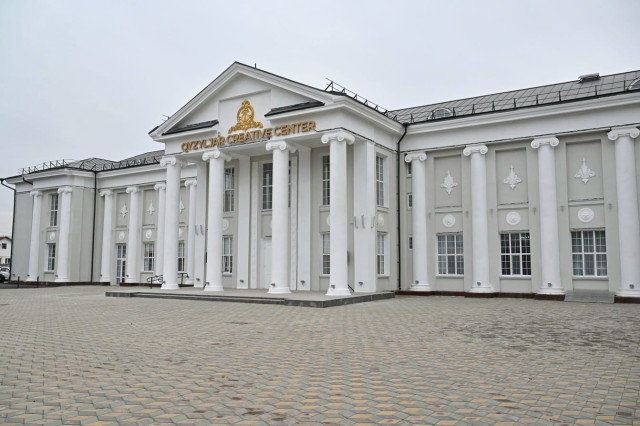
The vividly colored Sary-Too Mountains in the Kyrgyz
Republic are gaining popularity. Their striking hues—from red and yellow to
green and blue – along with rich archaeological finds, attract tourists and
researchers from around the globe. The mountains’ vibrant palette is the result
of sedimentary, metamorphic, and volcanic rock layers. Geologists call the
region an open-air museum. It is one of the oldest geological formations in
Central Asia, dating back over 240 million years.
«This is one of the rare places on Earth where, without
moving from a single spot, we can trace the entire geological history of our
planet. What do we see here? Low, colorful cliffs – this entire landscape is
the ancient seabed of the paleontological Fergana Sea,» said Lada Khassanova,
cultural heritage guide on the Silk Road corridors.
The Sary-Too Mountains are part of the Madigen Geopark,
which spans over 8,000 hectares and is officially recognized as a natural
monument. International expeditions are conducted here, unique eco-trails are
being developed, viewing platforms have been added, and tourism infrastructure
continues to expand.
«It’s incredibly beautiful here. I really love this place.
It truly has everything—mountains, a bit of forest, lots of farmland, and
stunning geological features that reveal a deep connection to the past,» said
Hans Schultz, a tourist from New Zealand.
Some mountains in the Batken region of the Kyrgyz Republic
contain fascinating finds—such as marine mollusk shells over a million years
old. According to geologists, sudden changes in water levels or temperature
likely caused mass extinctions, and as the shells settled, they eventually
formed the layers that became future mountains. Notably, Madigen is being
prepared for nomination to join the UNESCO Global Geoparks Network. Achieving
this status would officially place the country on the world map of geological
heritage.









